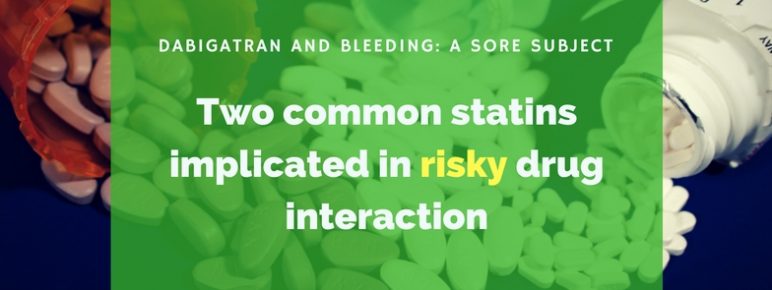A new joint report released today by the American College of Cardiology (ACC) and the American Heart Association (AHA) offers practitioners and stakeholders ten evidence-based quality and performance measures to prevent sudden cardiac death (SCD).
"This is the first comprehensive measure set in the area of SCD prevention," says Sana Al-Khatib, MD, co-chair of the report writing committee in an ACC press release. "Our vision is that these measures will be developed, tested and implemented in clinical practice and that implementation will improve patient care and outcomes."
Sudden cardiac death a "healthcare crisis"
The American Heart Association reports more than 350,000 out-of-hospital cardiac arrests (OHCA) occurring in 2016 with only 12 percent of people surviving to hospital discharge. These approximate statistics suggest more than 308,000 sudden cardiac deaths per year.
Continue reading ACC and AHA Release 10 “Comprehensive” Measures to Combat Sudden Cardiac Death



